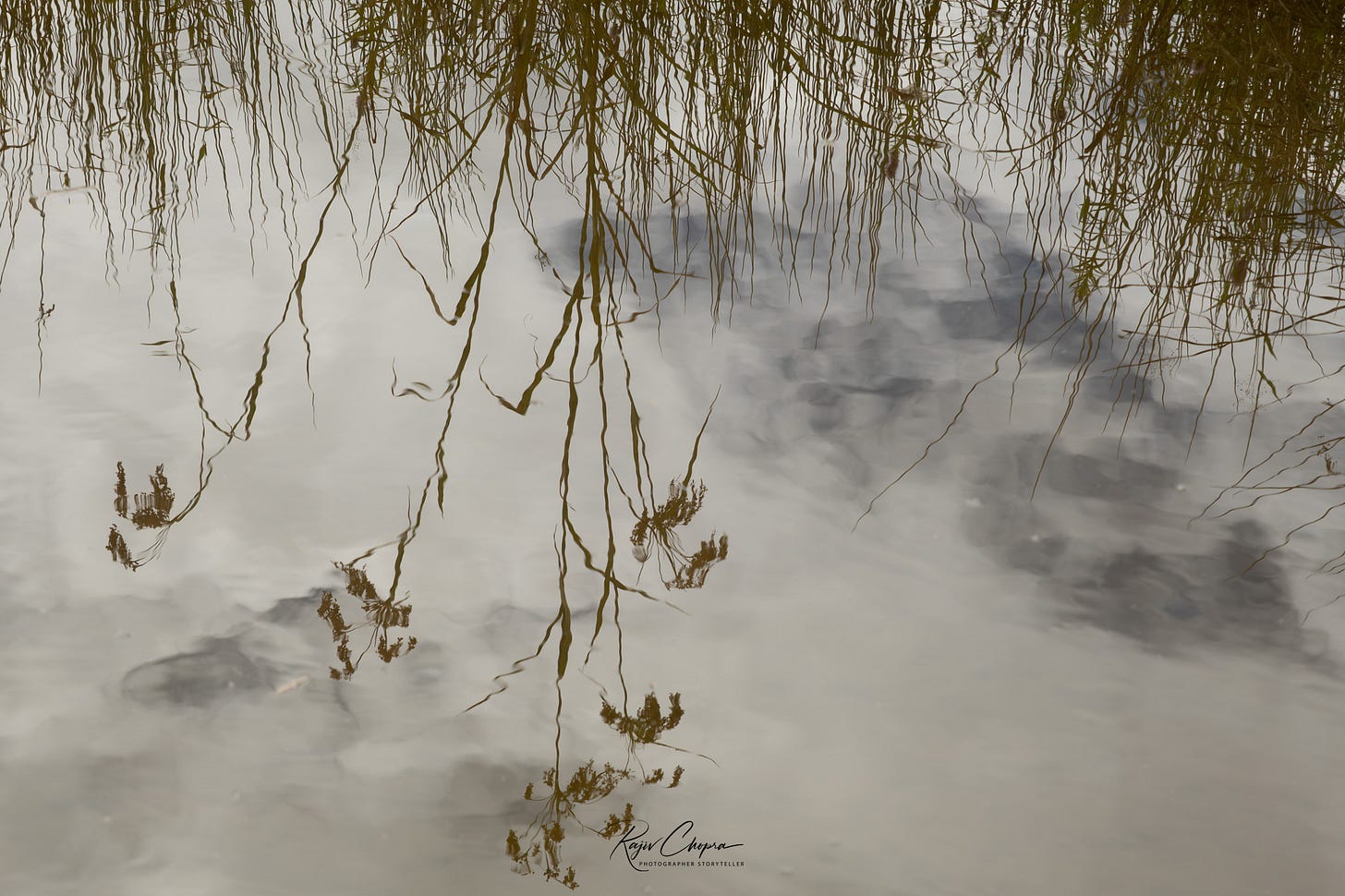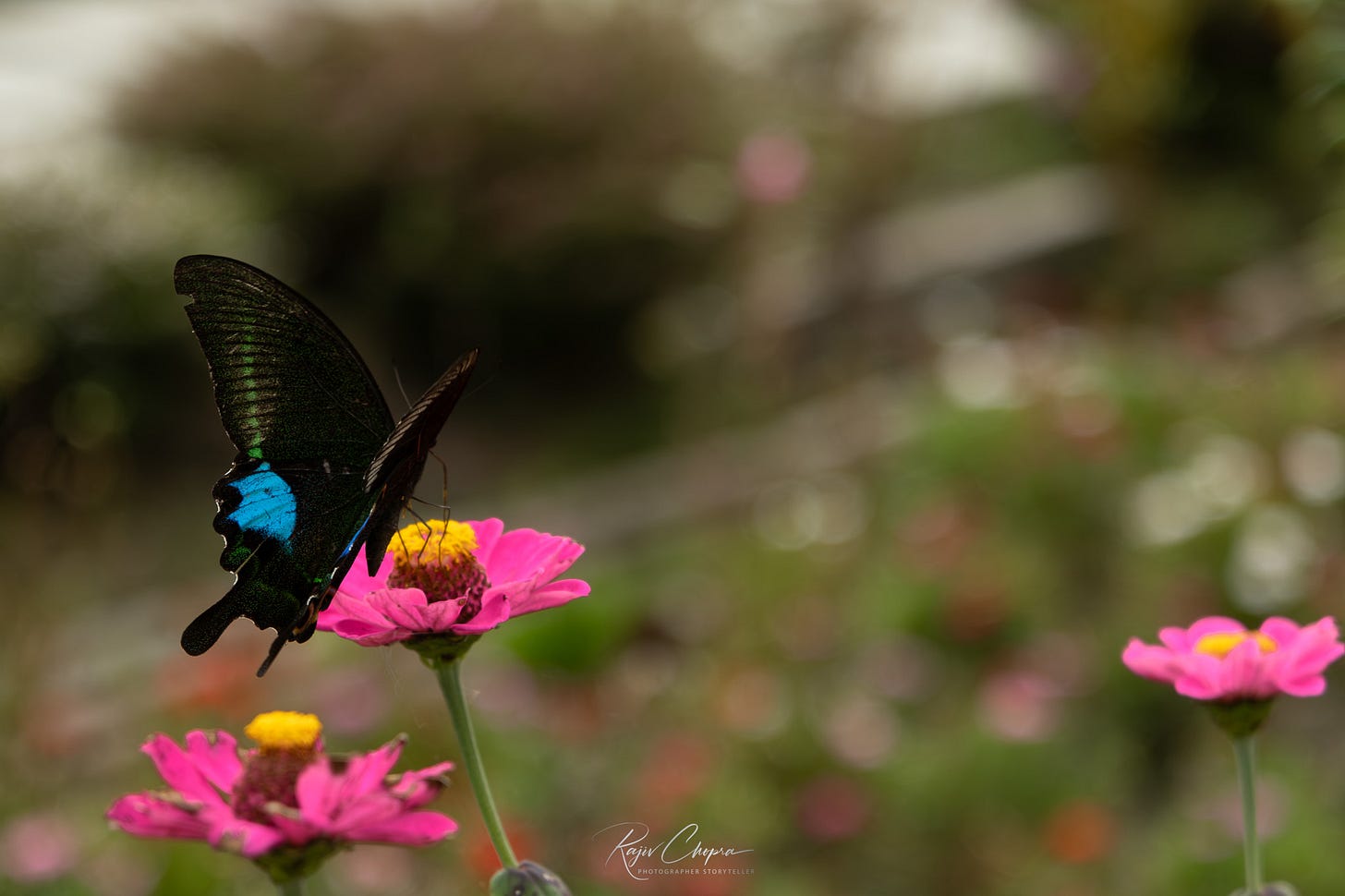Preconceived notions. Buddhism. Animism.
We love all the possible labels we can get, but it does not help.
When I first visited Arunachal Pradesh
I visited Arunachal Pradesh for the first time two years ago. There are two places I decided to visit when I was a teenager: China and Arunachal Pradesh, and I have visited both. I absolutely love Arunachal Pradesh and, even though it is far away, I intend to explore the state over the next decade, along with other states in North-East India. My only fear is that, one day, modern neoliberalism will discover the North-East and ruin the region.
I have not yet processed the images from that first trip, so I have not written about that journey yet. There are many trips I must talk about first!
Buddhism dominates Tawang & West Kameng.
We arrived in Guwahati, Assam, and drove to Tawang and back. Buddhism dominates this part of Arunachal Pradesh, and Buddhist prayer flags, stupas, and temples are prevalent throughout the landscape. The sixth Dalai Lama was born in Tawang, and when the current Dalai Lama fled Tibet in the 1950s, he arrived at Tawang. Now he has his headquarters in McLeod Ganj, Himachal Pradesh, India.
I then gained the impression that all Arunachali people are Buddhists. This belief became so deeply ingrained in my mind that, when I visited Ziro, I overlooked the almost complete absence of Buddhist symbols in this part of Arunachal Pradesh. Even when we walked around Hong Village (in Ziro) and saw flags dedicated to the Sun God fluttering on the rooftops of local villagers’ homes, my perception of the Arunachali people as Buddhists refused to leave the warm comfort of my brain.
Belief systems grip us, and can be so strong that even when the evidence points left, we believe it points right. I consider myself a reasonably balanced person, someone who assesses the evidence before reaching a conclusion. Additionally, I believe I possess healthy, well-developed critical thinking skills. Yet, I permitted my previous assumption (of the Arunachali people being Buddhist) to dominate my thinking, and I ignored the evidence that pointed me in the other direction.
Humans and Echo Chambers.
I will resist the temptation to launch myself into a lengthy discussion on echo chambers, but we all indeed love echo chambers. We seek comfort in our echo chambers. We seek evidence that appears to confirm our preconceived notions and those that feed our prejudices and fears, while ignoring evidence that points us in the opposite direction. Changing beliefs is terrifying.
We protect our cherished beliefs and do anything to protect our established behavioral patterns. This human tendency is one reason for the so much conflict, misery, and environmental degradation we see in the world today.
I will move on from that brief digression and confess that a lucky meeting helped change my beliefs about the Arunachali people. Ziro has two artificial lakes, neither of which attracted me. We were at the Siikhe Lake, which also has a butterfly park. Butterflies and dragonflies are pests and make for horrible models, as they refuse to keep still. They flit from leaf to leaf, from flower to flower, from twig to twig, and have an annoying habit of moving when I was about to press the shutter button.
Most Arunachalis are animists.
After wandering around, I left the company of the butterflies and dragonflies, as well as my friends who contented themselves with striking filmi poses and photographing themselves. I walked back to the chai shop on the hillside, sat on a cane stool, sipped red tea (lal chai), and looked down at the pathway below. A union minister was due to visit the lake—an arrogant young spiff—and I watched the officials below getting ready for his visit.
Three men sat on stools next to me. The man closest to me—and me—admired a young Arunachali girl as she changed out of the local Apatani dress into her regular wear. My neighbor commented on the attractive young lady, and I won’t discuss his sexually loaded commentary. Still, I remembered that I was the guest in his state and kept up an amiable conversation with the man.
After a while, I remarked that, to my knowledge, all Arunachali people were Buddhists, citing my memories of Tawang and what I had seen in the West Kameng District. His reply was vehement, causing me to almost fall off my stool in shock. He stated that only the people of Tawang and the West Kameng district were Buddhists, and that the rest of the population of Arunachal Pradesh were animists.
The statement hit me smack between the eyes, which is also why I almost fell off my stool in shock. That was the proverbial moment of truth, and I understood, much to my chagrin, that I had been ignoring the evidence that had dangled itself under my nose all this while. I had ignored the absence of Buddhist prayer signs, the prevalence of flags dedicated to the Sun God and Moon goddess, and the conversations I had had in Hong Village.
That was the moment my stupidity hit me between the eyes, knocking the stuffing out of my brain, forcing me to re-evaluate my assumptions. I was not wedded to the idea that the Arunachali people were Buddhists, and, anyway, a local was on hand to correct my error.
I will not describe our political discussions—the gentleman seemed to be an influential politician in the state. Our discussions are irrelevant to the theme of this essay.
From a Christian (and possibly Jewish perspective, all Indians are pagans – we are not ‘people of the book,’ which is fine.
I believe in animism.
Our discussion pleased me no end because I follow an animist belief system. When I am in Delhi, I tell everyone I am an atheist, because it is a simpler description of what I believe. Whenever I have told people I follow animistic beliefs, they look at me as though I am a ghoul. The concepts of animism and agnosticism escape most people.
I do not believe in manufactured gods.
I do not believe in a manufactured god, but I think that nature possesses the energy and spirit of something I can only call ‘divine grace.’ The two words are unfortunate because they lead people to believe I am talking about god. Then, the question devolves to a question of which god. A list of names follows, and then people ask me to choose.
We need a handle to hold on to, a lifeline, an anchor: this desire is vital for our sanity.
God. Belief. Practice. Nature.
‘God tells you to protect nature,’ some say. Fair enough. I agree, and believe these people are sincere. Walk around any Hindu temple, for instance, or visit a river town, and pay attention to the religious offerings littering the gutters, rivers, or streets. God will clean up the mess for us.
In his book ‘Seven Types of Atheism,’ John Gray writes that religions (especially today) focus on practice rather than belief. Sufi saints and those who adopted the Bhakti movement focus on belief rather than practice, but they are the exception rather than the rule.
Religious festivals are social activities.
Religious festivals are social activities, and most attendees dress up in their finest to attend prayer meets. I attend a few events to maintain a social presence and always get criticized by people who scold me, telling me I am not dressing appropriately, reminding me who is attending and who I must impress. It transpires that God is not the focus of prayer meetings.
I always ask that, if god and piety were to rule, shouldn’t my dress be irrelevant, as long as I have piety in my heart?
Animism is a way of life.
Animism is a way of life as much as a belief system. Unlike the people of Hong Village, I don’t have flags dedicated to the Sun God and Moon Goddess fluttering outside my house.
Capitalism and neoliberalism are antithetical to an animist lifestyle, and it is almost impossible to live in society without harming nature. The best we can do is to remain conscious of our choices and minimize the damage we do to the environment.
This process begins when we genuinely love nature and allow the freedom and beauty embedded in our planet to permeate our spirits. Watching a David Attenborough film is a fantastic way to pass the time and is an excellent educational experience, but this activity is not enough.
If we restrict ourselves to watching films, buying postcards, and so on, we do not participate in the world – we stand apart, on the fringes of nature.
If we wish to leave a better world for our descendants, as the lofty definition of sustainability informs us, then we must live our stated beliefs and not just talk about them.
We must learn to make choices without making massive downward adjustments to our cherished lifestyles and allow ourselves to become one with nature. Forest bathing, or shinrin-yoku as the Japanese call it, is a good place to begin!
Modern, urban lifestyles teach us to fear nature. We have moved away from nature, and it is time we moved back to nature.
Remember, true animism benefits the planet and is vital to our kids’ health.






I think of you as a naturist which includes being an animist. Although animist seems to me to refer to any physical entity that has a spirit or spiritual that directs their life sustaining actions. There is the individualism of survival of the fittest along with nature protecting the smaller spirits as with the cummunalism of dogs descended from wolfs protecting and nurturing their young and even other species young. Always in life, there is the sustaining compassionate impulse and the arrogant selfish one on display in all forms of nature both on land and in the seven seas. Doing excellent sustaining actions is superior to juggling so many belief structures in one's head. We are all linked with everything. It's our choice by our actions whether such connection is fulfilling or negative. The best is to as much as possible let all life or support all life so as to allow it to fully be itself. Don't know if that's too complicated but it works for me and happy with anything similar I see in others.
Love this perspecive! Your point about initial impressions really hits home. It's like how an AI model trains on a dataset, then new input totally changes its 'understandig' of reality. So insightful to challenge those mental shortcuts. Keep exploring those places!